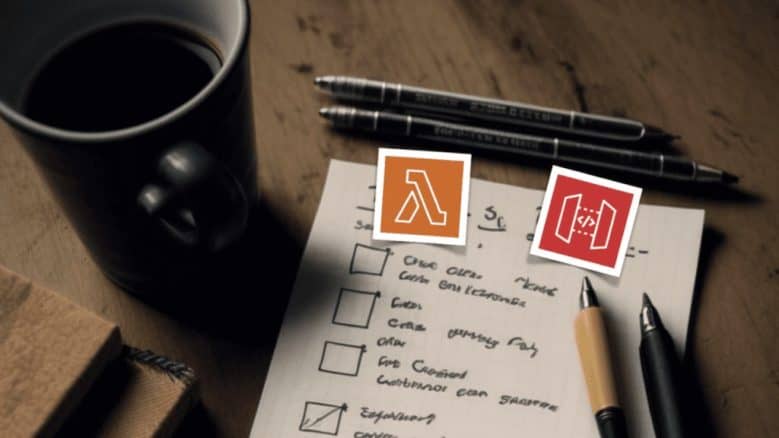Weekly update 37
Welcome to another weekly update! Apologies for the radio silence the last few weeks. A combination of vacation, work and re:invent has really messed up my posting schedule! Hopefully, I’m now back to my usual flow. First of all, I want to give a shout out to my Patreon supporters: Andre Silva, Boseok In, Joe …



